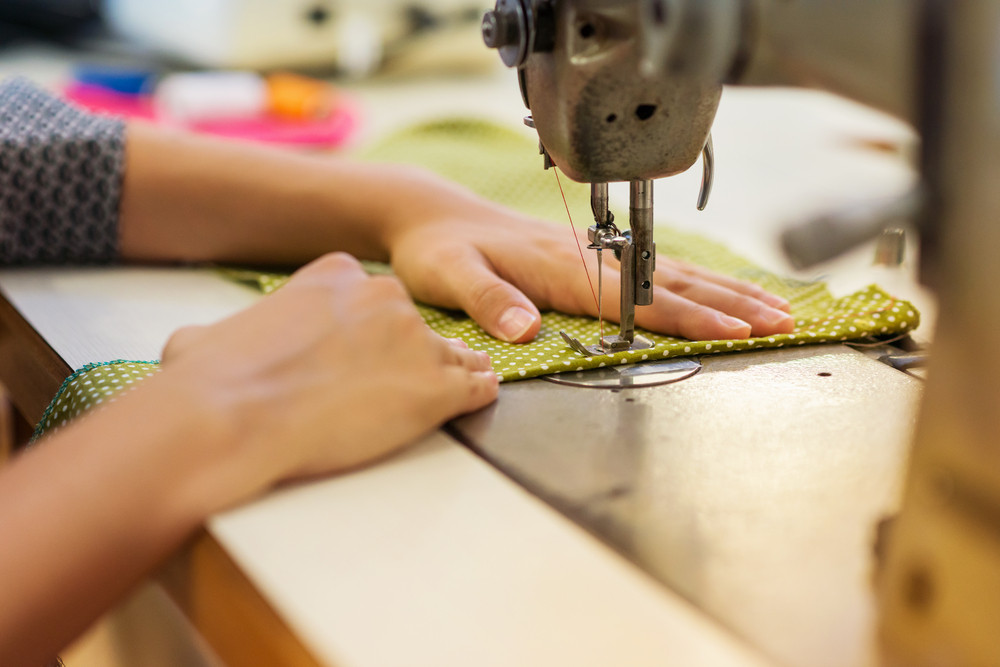Owning a vintage sewing machine is a delight, as these machines often carry the charm and durability of bygone eras. However, they may require more maintenance and repair compared to modern machines. Knowing how to perform basic sewing machine repair can save you time and money, and keep your cherished vintage machine running smoothly for years to come. Here’s a guide to help you use sewing machine repair effectively for your vintage machine.
Understanding Your Vintage Machine
Before diving into repairs, it’s essential to understand the components and workings of your vintage sewing machine. Unlike modern machines, vintage models usually have simpler mechanics, making them easier to repair once you understand their operation. Refer to the machine’s manual if available, or look for online resources and forums dedicated to vintage sewing machines. Familiarize yourself with parts such as the needle, bobbin, tension discs, and feed dogs.
Common Issues and Repairs
- Thread Tension Problems: Vintage machines often face thread tension issues, causing uneven stitches. To resolve this, adjust the tension discs by turning the tension dial slowly and testing stitches on scrap fabric. Ensure the machine is threaded correctly as improper threading can also lead to tension issues.
- Jammed Machine: A jammed sewing machine can be frustrating. This often happens due to thread entanglement or lint build-up. Start by removing the bobbin case and cleaning the area thoroughly. Use a small brush or compressed air to remove lint and debris. Check for any loose threads stuck in the mechanism and remove them carefully.
- Needle Issues: Broken or bent needles are common problems in vintage machines. Always use the correct type and size of needle for your fabric. If the needle breaks frequently, it might be due to improper insertion or incorrect tension. Replace the needle and make sure it is securely fastened and correctly positioned.
- Motor and Belt Issues: Over time, the motor and belts of vintage sewing machines can wear out. Check the motor regularly and ensure it’s running smoothly. Replace worn-out belts and lubricate the motor if necessary. Refer to your manual for guidance on lubrication points and use sewing machine oil specifically designed for this purpose.
Regular Maintenance
Regular maintenance is key to the longevity of your vintage sewing machine. Clean your machine after each use, focusing on the bobbin case and feed dogs. Oil the moving parts as recommended in the manual to prevent rust and ensure smooth operation. Store your machine in a dry, dust-free environment and cover it when not in use.
When to Seek Professional Help
While many repairs can be done at home, some issues might require professional attention. If your machine has electrical problems, complex mechanical failures, or if you are unsure about any repair, it’s best to consult a professional sewing machine technician. They can provide thorough servicing and ensure your machine operates safely and efficiently.
